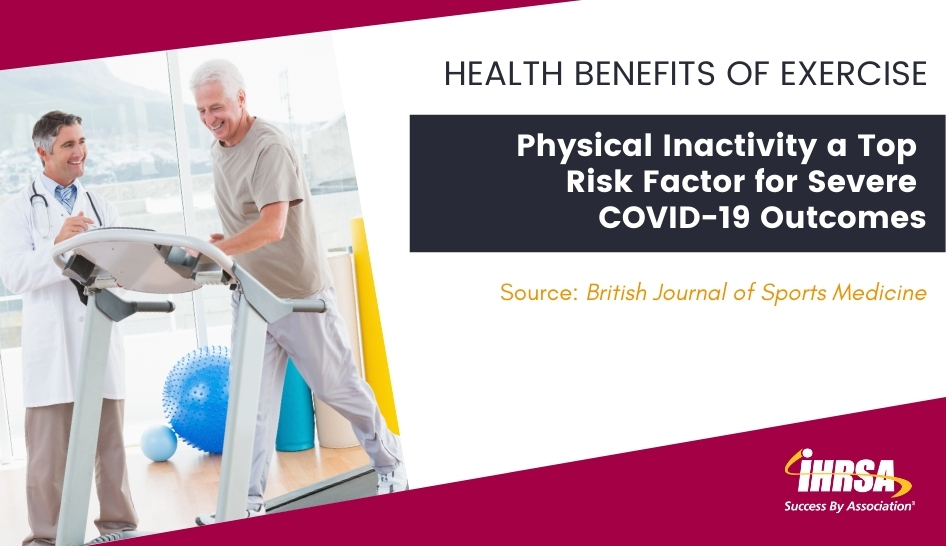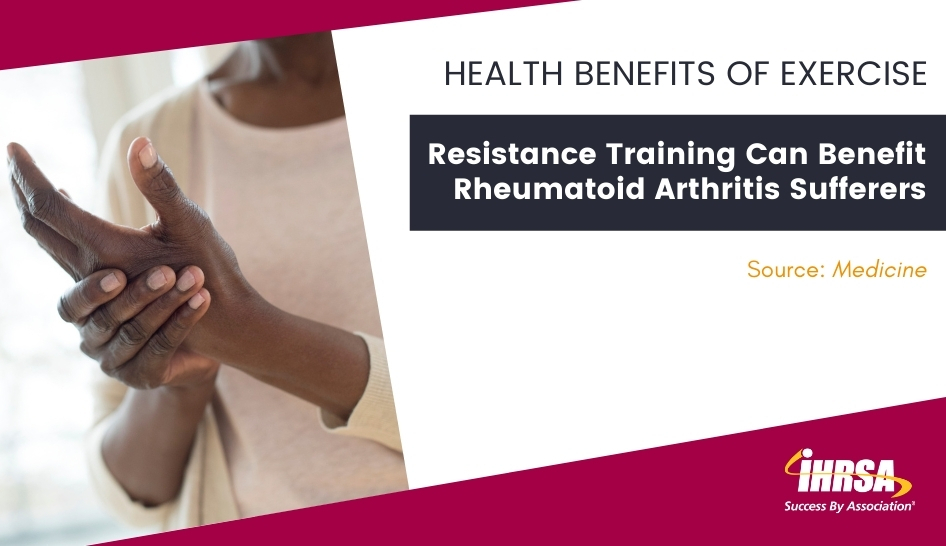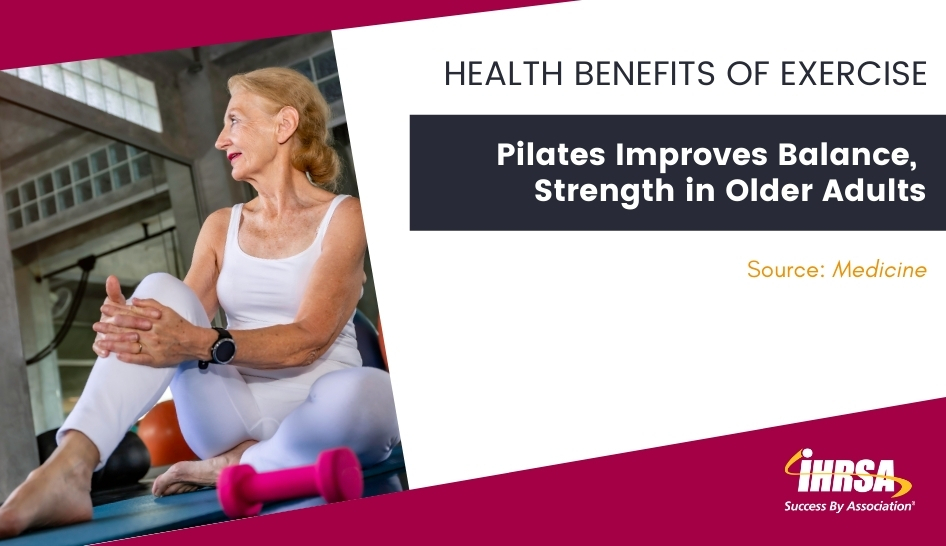Physical Inactivity a Top Risk Factor for Severe COVID-19 Outcomes
Physical activity has numerous health benefits, including:
- cardiovascular and metabolic health,
- lung capacity,
- muscle strength, and
- immune system health.
Physical inactivity is a risk factor for several chronic health conditions that also elevate the risk for more severe COVID-19. Some previous evidence suggests a link between physical inactivity and higher odds of more severe COVID-19 outcomes. A new study published in the British Journal of Sports Medicine found similar results.
The study analyzed data on 48,440 Kaiser Permanente Southern California patients who had tested positive for COVID-19 between January and October 2020 and who had at least three Exercise Vital Sign measurements in the two years preceding the pandemic. Exercise Vital Sign is a measurement of physical activity included in a patient’s health records at Kaiser Permanente Southern California since 2009. The vital sign consists of a patient's weekly frequency and duration of moderate to strenuous exercise. Based on vital sign measurements, 6.4% of patients in the study were consistently active, 14.4% were consistently inactive, and the remaining 79.2% were inconsistently active. The participants analyzed had an average age of 47, a mean body mass index of 31.2 (which falls under the class I obesity range), and just under half had one (17.4%) or two or more (31.3%) comorbidities.
According to the findings, there is a strong association between physical inactivity and COVID-19 outcomes, and physical activity provided significant protection from more severe outcomes, including:
- hospitalization,
- ICU admission, and
- death.
Being consistently inactive more than doubled the odds of hospitalization and death compared to being consistently active. The odds of ICU admission were 1.73 times higher. Even being less consistently active was associated with benefits, including 20% lower odds of death.
The key finding is that—aside from being over age 60 and having a history of a solid organ transplant—consistent physical inactivity was the most significant risk factor for COVID-19 death. These results would point to physical inactivity as the most significant modifiable risk factor for COVID-19 severity. Physical inactivity is a risk factor that almost anyone can improve in a shorter timeline—and can be more accessible than other risk factors such as weight loss. Considering the accessibility and importance of physical activity for physical and mental health, physical activity should be a priority in the ensuing months of recovery and reopening.



